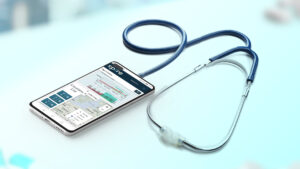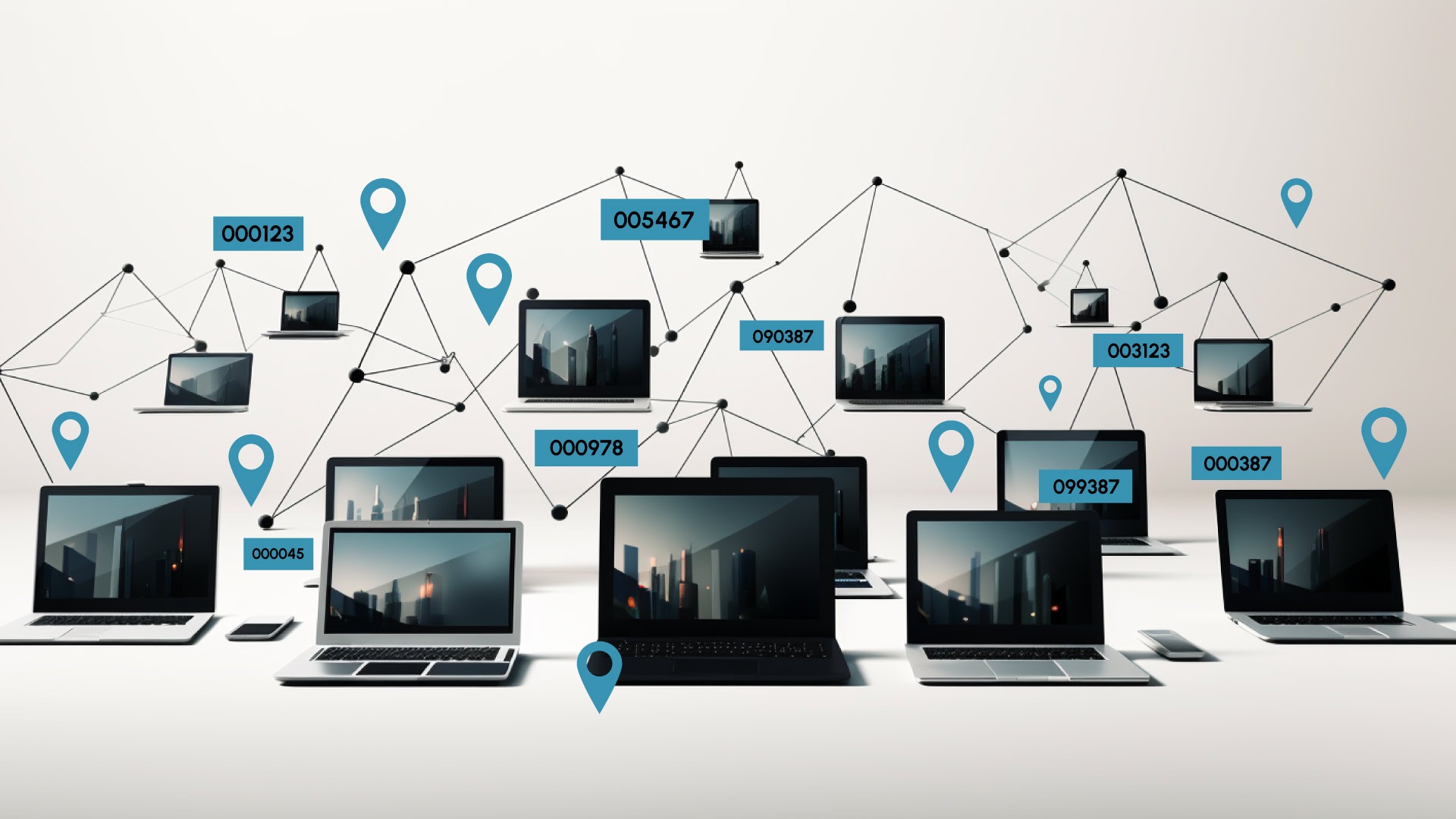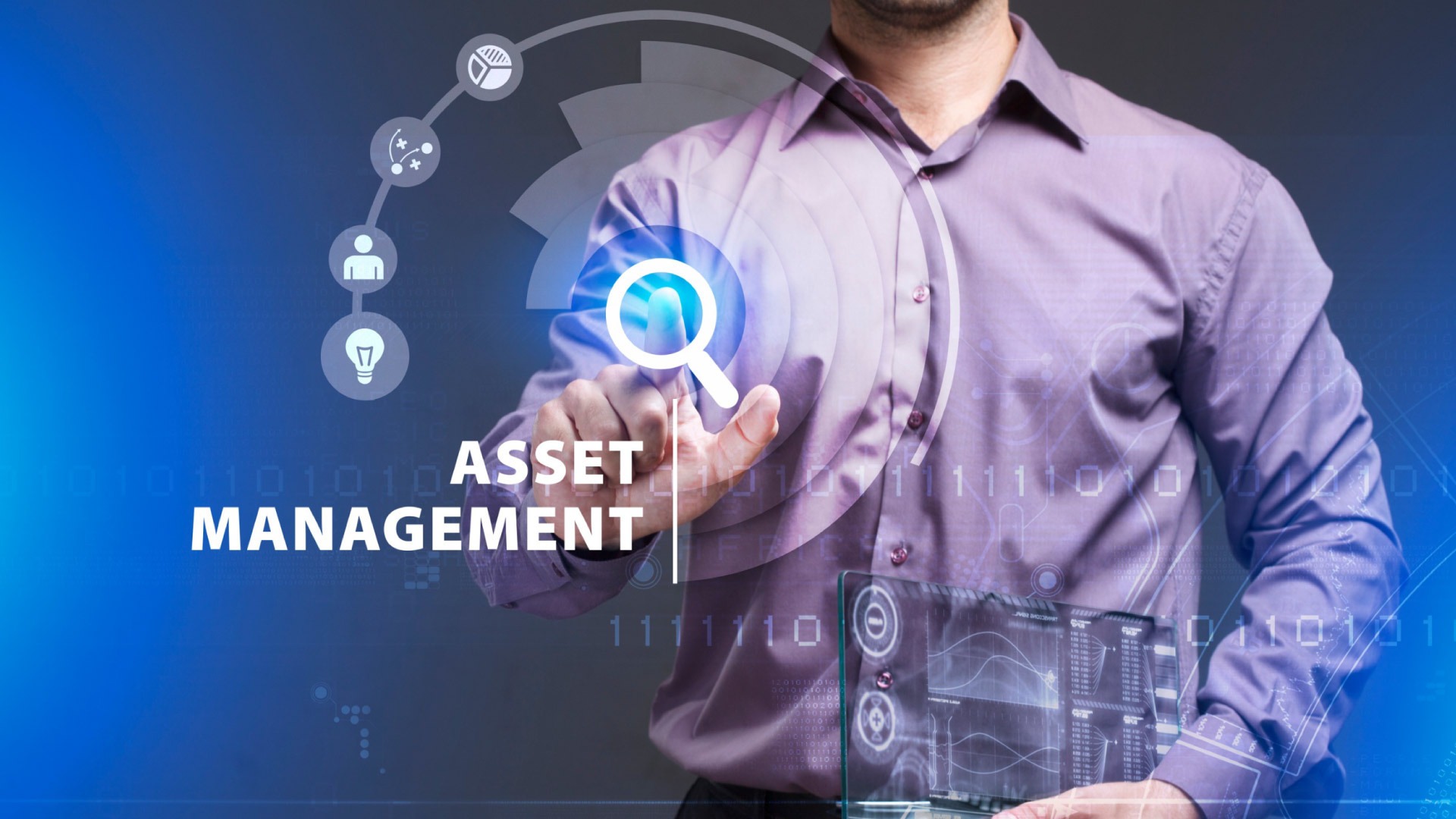The healthcare industry relies on many assets, from patient records and medicines to expensive medical tools and equipment. Particularly with medical equipment and consumables, hospitals and surgeries can find it challenging to rely on manual processes to manage these assets.
Monitoring such a multitude of valuable medical assets and valuable resources can prove difficult and time consuming without the aid of automation. Which is why healthcare facilities must equip themselves with a smarter solution to manage their assets effectively, both on and off-site.
Choosing the right asset management software can empower medical organisations to optimise their resources, enhance operational efficiency, save money and improve patient outcomes.
Let’s explore exactly how healthcare digital asset management can help medical staff improve processes and transform a facility’s operational capabilities.
Table of Contents
ToggleWhat Is Healthcare Asset Management?
On top of the many problems faced by healthcare facilities worldwide, issues such as missing or malfunctioning equipment, drug theft and supply chain problems can be a daily challenge.

The aim of healthcare asset management is to reduce or eliminate these risks. It involves improving the processes related to identifying, procuring, operating, maintaining, tracking upgrading and disposing of medical assets – usually physical assets such as:
- Business equipment like computers and printers
- Diagnostic imaging systems like X–rays, CT, and MRI scanners
- Defibrillators
- Hospital and mobile beds
- Operating room tools and machinery
- Surgical supplies and equipment
- Ventilators
- Wheelchairs
The result of properly managing hundreds or thousands of pieces of equipment is improved operational efficiency and patient care.
The Top 4 Asset Management Tools
Asset management in healthcare settings is split into four main categories:
- Staff management
- Supply chain management
- Equipment tracking
- Patient tracking
Some asset management software specialises in one of a few of the above categories. Assetspire’s asset management software offers a complete solution that integrates all management solutions.
However, one of the most challenging asset management components that healthcare facilities have to contend with is equipment tracking. And below are the two most widely used tools to assist with tracking, monitoring and managing medical equipment:
Asset Tags And RFID
Asset tags and RFID (Radio-Frequency Identification) technology play a pivotal role in enhancing the management of medical facilities. Asset tags, which are typically barcodes or labels affixed to medical equipment and devices, serve as unique identifiers. These tags streamline the identification and tracking of assets, making it significantly easier for healthcare professionals to locate and manage vital equipment.
In conjunction with asset tags, RFID technology adds a layer of sophistication to asset management in medical facilities. RFID involves the use of radio waves to communicate data between a tag attached to an asset and a reader. This technology enables real-time tracking of medical equipment, ensuring accurate and immediate information on the location and status of each asset.
The integration of asset tags and RFID in medical facilities offers several benefits. Firstly, it minimises the risk of equipment loss or misplacement, leading to improved operational efficiency and cost savings. Additionally, these technologies enhance inventory management by providing a digital record of each asset’s movement and usage. This not only aids in preventive maintenance but also ensures compliance with regulatory standards.
Not only that, but asset tags and RFID contribute to patient safety by ensuring that medical professionals have timely access to the necessary equipment. In emergency situations, quick and precise asset identification can be a critical factor in providing timely and effective patient care.
Computerised Maintenance Management System (CMMS) Software
CMMS in medical facilities involves the use of software to streamline and automate maintenance processes. It facilitates the scheduling of preventive maintenance tasks for medical equipment, tracking work orders, managing inventory of spare parts and documenting maintenance histories. This proactive approach helps prevent equipment breakdowns, ensuring that all medical devices are in optimal condition, thus minimising disruptions to healthcare services.
One of the significant advantages of CMMS in the medical field is its ability to ensure regulatory compliance. Healthcare facilities are subject to strict regulations and standards and CMMS provides a systematic way to document maintenance activities, track equipment performance, and demonstrate compliance during inspections.
Also, CMMS enables better resource management by optimising the allocation of personnel, reducing downtime, and managing inventory efficiently. This contributes to cost savings and ensures that medical facilities operate at peak performance.
The implementation of CMMS in medical facilities also supports data-driven decision-making. The software generates reports on equipment performance, maintenance costs, and other key metrics, providing insights that can inform strategic planning and resource allocation.
Maximising The Impact Of Healthcare Asset Management
Employing a proactive approach in healthcare asset management ensures the optimal functioning of medical facilities. Rather than reacting to equipment failures or shortages, a proactive strategy involves preventive measures, timely maintenance and efficient resource allocation.
By implementing robust healthcare asset management practices, organisations can schedule routine maintenance, track the lifecycle of medical assets and anticipate potential issues before they escalate. This approach not only minimises downtime and reduces the risk of critical equipment failures but also contributes to cost savings and improved patient care.
These four steps lay out how healthcare facilities can adopt a more systematic approach to planning, acquiring, operating and disposing of medical equipment and physical assets.
1. Identify Your Organisational Needs
Establishing a strategic asset management plan forms the foundation for the present and future. The process involves identifying healthcare organisation’s priority needs and devising strategies to overcome these challenges. This approach enables healthcare firms to enhance workflow protocols and compile a catalogue of essential software requirements.
It is important for every management plan to exhibit flexibility, accommodating new information and unforeseen challenges. For those already in place, scheduling regular reviews becomes crucial to assess performance, ensure success, and institutionalise adaptations that effectively address existing and forthcoming challenges.
2. Consider Your Options
Choosing the best automated solutions for healthcare digital asset management requires careful consideration of various factors, encompassing costs, features, compliance and automation requirements.
It’s easy to simply go for the latest version that seems to tick all the boxes. However, we suggest using a solution that addresses critical processes while placing people at the forefront of these transformative changes.
Essentially, there is no universal solution for devising a healthcare asset management plan. Beyond the identification and prioritisation of needs, the process involves meticulous attention to compliance, risk mitigation and other important considerations.
Crucially, it is imperative to ensure that the chosen software is scalable, capable of adapting to evolving needs and growing in tandem with the business.
3. Test The System Before Adopting It
Investing in business software solutions, such as learning management systems and asset management for healthcare, constitutes a significant financial commitment. Fortunately, most vendors offer trial periods or demos, enabling purchasers to assess the suitability of the product for their needs. Healthcare companies should capitalise on this opportunity to evaluate whether a particular solution aligns with their requirements compared to others.
Striking a balance between functionalities and cost is crucial. Apart from being cost-effective, your asset management system should effectively address identified and current challenges. Moreover, it should be user-friendly for staff and backed by reliable post-sales services from the provider to swiftly resolve any technical difficulties.
4. Always Seek Improvement
Following deployment and a trial period, it is important to routinely evaluate the system and workflows for continuous enhancements. The assessment of the new systems should involve measuring and comparing conditions before and after the evaluation period, typically achieved by establishing performance metrics.
Many asset management software solutions come equipped with integrated reporting and analytics features. Leveraging these capabilities enables the analysis of results to identify and address issues and challenges, with the ultimate goal of minimising or eliminating them.
The Smart Healthcare Asset Management Solution
By leveraging modern technologies, such as RFID and CMMS, and adopting a proactive approach, healthcare facilities can ensure the seamless operation and maintenance of vital medical assets.

The careful selection of automated solutions, considering factors like costs, compliance and scalability, is crucial for optimising resource utilisation. Continuous evaluation and refinement of systems, coupled with robust reporting and analytics, further contribute to the adaptability and efficiency of healthcare asset management.
As the healthcare landscape evolves, a well-crafted asset management plan not only addresses current challenges but also positions organisations to thrive amid future uncertainties, ultimately enhancing the overall resilience and effectiveness of healthcare services.
Assetspire’s innovative asset management software offers all of the above along with fully customisable cross-platform mobile apps enabling fast accurate data collection of all assets, offering live visibility of asset stock control and preventing waste.
What’s more, get live stock management alerts, track cleaning, maintenance and calibration of assets and even enable financial management and planning with Assetspire’s smart asset management software.



